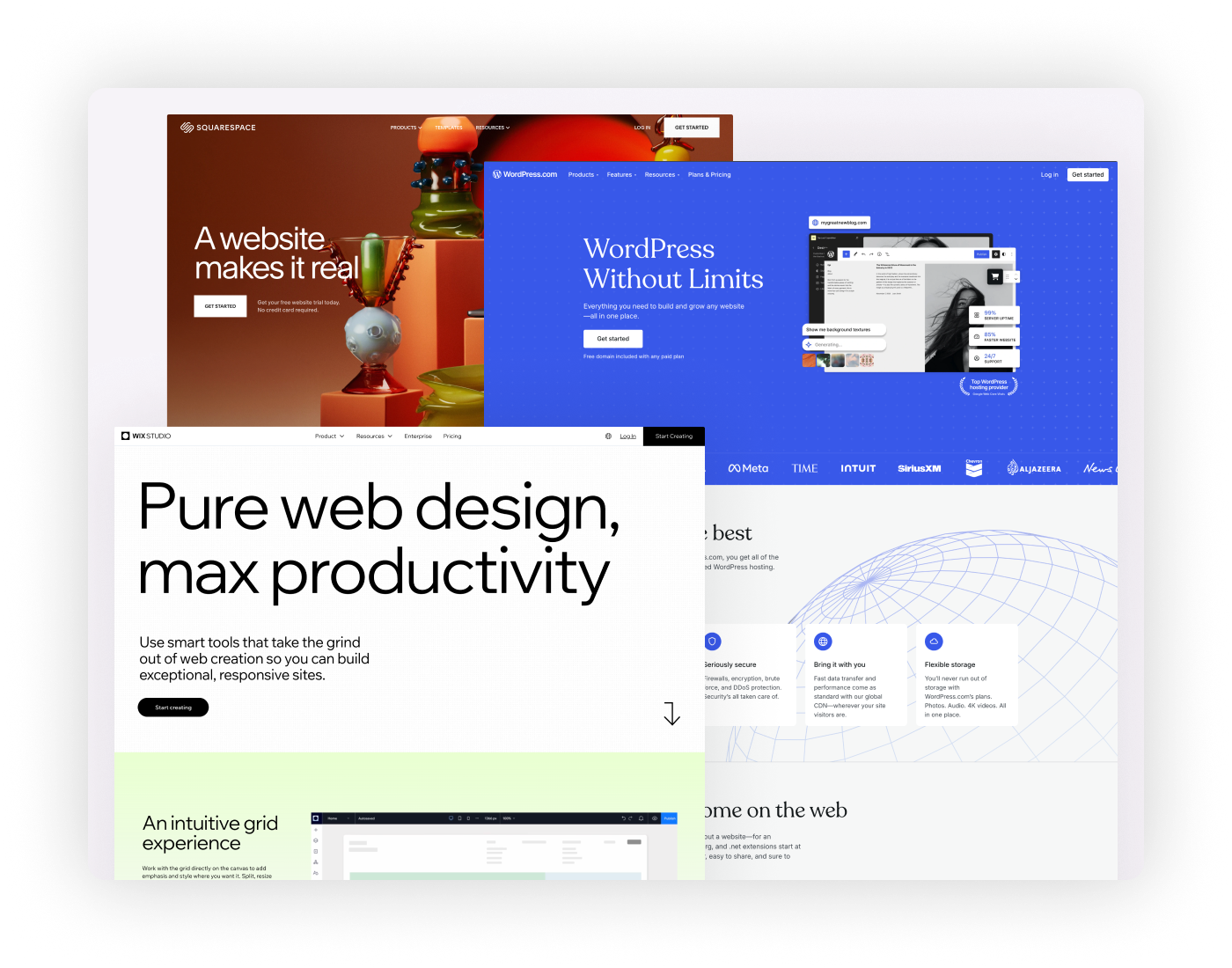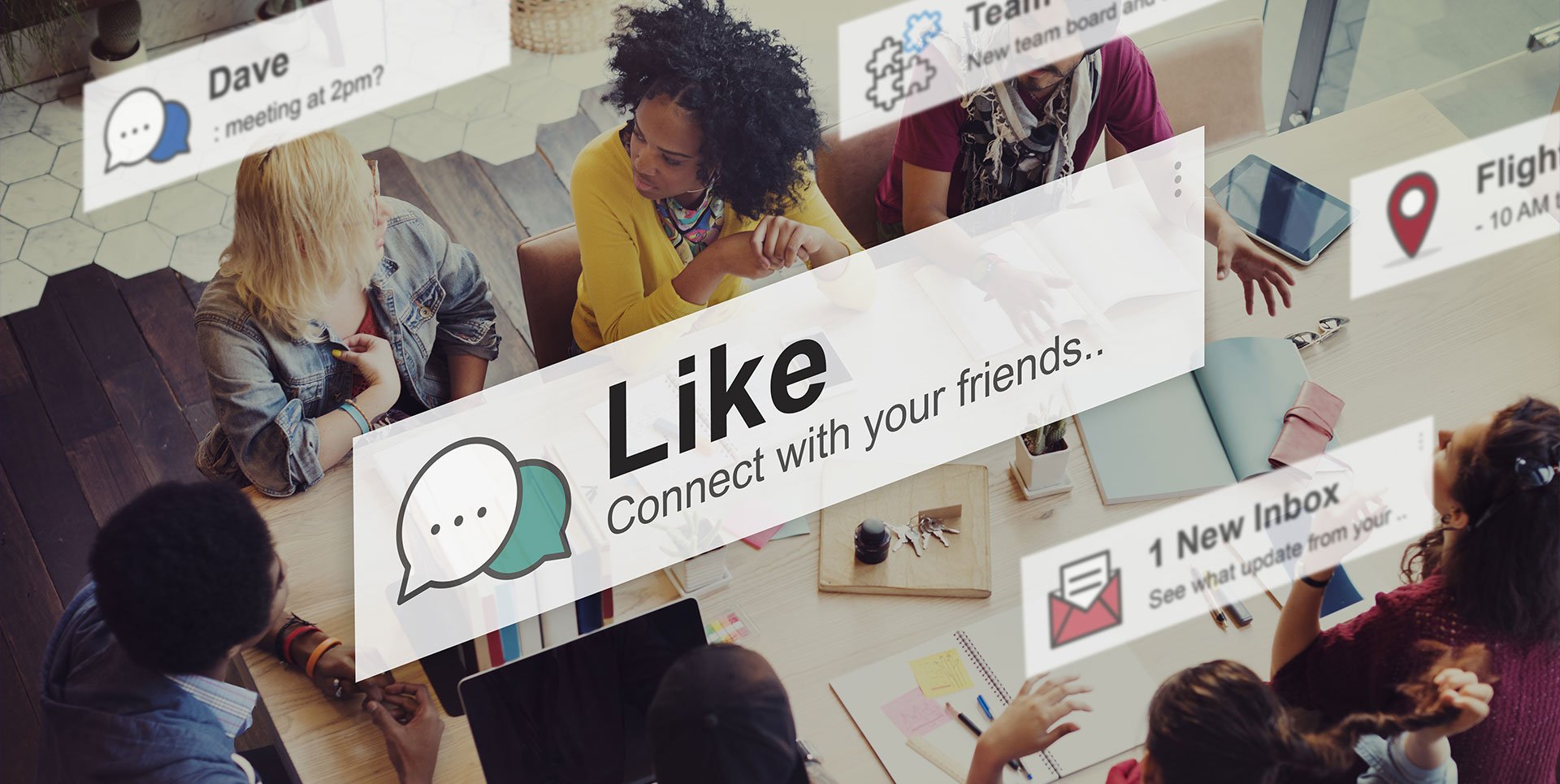A strong nonprofit communication strategy helps build a loyal client base, improve revenue generation, and power the organization towards steady growth.
We share a step-by-step guide on how to create a communications strategy for nonprofits that will make the process easier for all teams involved.
Organizations especially must prioritize how they manage nonprofit communications during times of crisis. Building communication strategies requires forethought before being implemented.
Step 1: Determine the Audience

If you want to communicate effectively, your messaging has to suit your audience. When your message applies to everyone, it has little chance of getting through to your core base.
To define who your message is meant for, you need to create supporter personas.
It is best to build 3-5 target personas for your nonprofit—these will be the ideal supporters that your communications strategy is geared towards. The information required to build a persona includes:
- Demographics such as age, gender, location, and family status
- Financial status
- Technological affinity
- Belief systems and causes they promote
- Their aspirations
- Jobs they are trying to get done by supporting a nonprofit
- Their donation history
- Why would your nonprofit appeal to them?
There are a number of sources for extracting the data you need to build these personas. Designing case studies is one effective method—not only do you directly speak to supporters to create the study, but you also look at the larger data involved in a project for context.
You can also send out surveys via emails, newsletters, or by posting it on social media—make the surveys more lucrative by offering a small prize or special thank you upon completion. Use simple online survey makers like Typeform to source this information from your supporters. Once you have an understanding of who has been most receptive to your nonprofit, you can build personas—with profiles as realistic as possible—that will guide your communication strategy.
Step 2: Mailing Lists
While you’re creating personas using surveys and case studies, you can also start building mailing lists. You should be able to get information such as names, emails, location, and other demographics from these surveys.
All this data can be compiled into a simple spreadsheet or managed with email software like Moosend. Most software gives you access to email templates that estimate ideal scheduling times based on the recipient’s location to achieve the best open rates.
Email lists can also be segmented according to user personas—such as tiered donors, casual supporters, or volunteers. Additionally you can segment by demographics, choice of communication method, or by the length of the donor or volunteer’s relationship with the organization. By creating mailing lists and segmenting them according to your audience, you are better equipped to personalize your messaging and calls-to-action so your emails engage your audience.
Step 3: Listen to People

No communication strategy can be effective if it only accounts for one-way communication. You don’t simply want to talk at your client and donor base—you want them to interact with you.
Once you have created your user personas and started building your email lists, you should start listening to conversations around your organization to tailor your messaging. Social listening is vital in this area—there are a number of popular social media tools that allow you to see posts about your company by tracking your hashtag.
Some of these tools also offer sentiment analysis reports that illustrate how people feel about your company—negative, positive, or neutral. This gives nonprofits a fair idea of how their messaging needs to be altered to win back donors who may not be feeling fully supported by the organization.
Step 4: Aim For Specific Goals

Your communication strategy can’t work if you don’t have specific goals in mind for your messaging. Without any goals, your messages won’t be focused—and they won’t produce the results you are looking for. Here are some goals that most nonprofits aim for with their communications:
- Awareness for the brand, causes, campaigns, or projects
- Donations, especially fundraising for new organizations
- Call for volunteers
For each of these goals, you need specific metrics that you want to aim for such as increasing social media followers or website traffic by x% or procuring x number of new donors. Once your goal is defined, you can create content that will appeal to the target demographic at their point of interest. When someone is only becoming aware of your nonprofit, they may not be interested in the hard sell where you ask for donations.
Instead, they will be interested in learning more about what you do and the causes you support. After they start reading those sections of your site, you can steer them towards becoming involved with your nonprofit through volunteering or attending seminars. Only after this point would it be feasible to start asking for donations or long-term investments in your nonprofit. With your specific goals in mind, your messaging can be more targeted and will gain you the results you are looking for.
Step 5: Choose the Best Channels
There are numerous digital channels that nonprofits can avail of to reach their donor base. But which channels work best for your communication strategy?
While it is tempting to use every channel available to you, if you don’t have the resources to run them, this part of your strategy will fall by the wayside. Instead, it is better to examine where your donor base is—which you would have found out through the surveys and case studies when building your user personas. These are some of the popular channels you can target in your strategy:
- Blogs
- Broadcast media
- Email marketing
- Press releases
- Internet search engines
- Social media
- Video marketing
- Webinars for donors
- Websites
- Word of mouth
It isn’t possible for a nonprofit to target all these channels—especially when social media can be subdivided into multiple platforms like Facebook, Twitter, Instagram, and TikTok. On the other hand, creating a single site on a well-chosen web hosting platform can bring you more traffic, clicks, and revenue.
Not only do you need to assess where your target base is likely to frequent, but also look at the ROI for these channels. Email marketing has excellent ROI, whereas social media has the possibility of reaching new audiences. Determine where your target audience will be most responsive and choose your channels accordingly.
Conclusion
We have shared a five-step strategy that can be implemented for a successful 2020. To recap, these steps are:
-
Define your audience
-
Build mailing lists
-
Listen to your community
-
Set goals
-
Choose appropriate channels
Building a communications strategy that ensures nonprofits can reach their target audience and boost their donor numbers can feel like a challenge. By following these steps, you can create a communications strategy that will help you attract more donors and supporters.



